Culture
“Before I am an athlete, I am an Orthodox Christian”
24. January 2018 - 14:31 Taken off the tennis courts for six months because of persistent elbow pain, Serbian tennis player Novak Djokovic made his return to the ATP circuit on Tuesday, facing off against American Donald Young in the first round of the Australian Open tournament. He won the match handily (6-1, 6-2, 6-4). And it’s a safe bet that this man, who dominated the world tennis elite from August 2014 to November 2016, was able to find the energy he needed for his comeback thanks to his regular Bible reading.
Taken off the tennis courts for six months because of persistent elbow pain, Serbian tennis player Novak Djokovic made his return to the ATP circuit on Tuesday, facing off against American Donald Young in the first round of the Australian Open tournament. He won the match handily (6-1, 6-2, 6-4). And it’s a safe bet that this man, who dominated the world tennis elite from August 2014 to November 2016, was able to find the energy he needed for his comeback thanks to his regular Bible reading.
New edition of the Divine Liturgy now available from STM Press
18. January 2018 - 13:37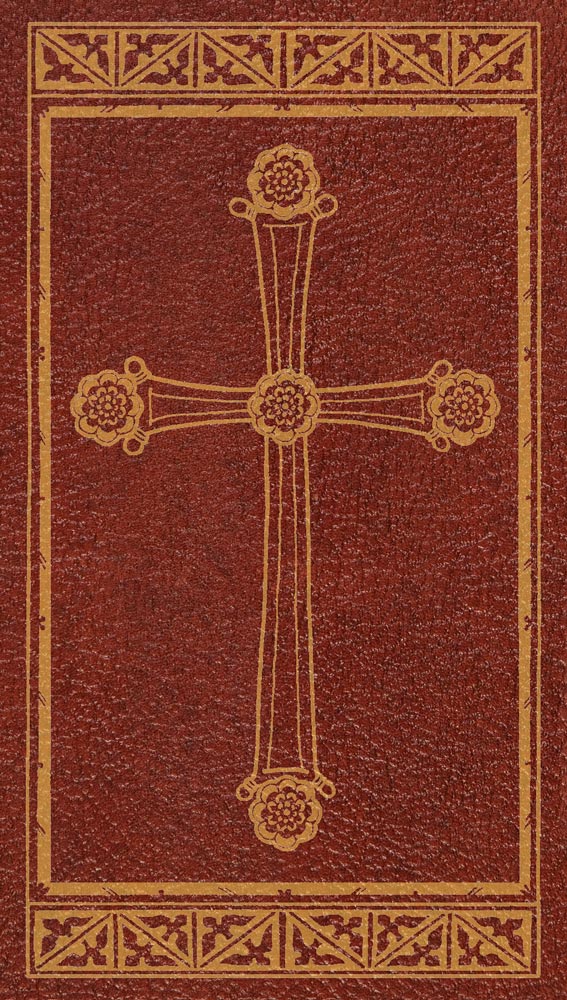 Saint Tikhon’s Monastery Press is pleased to announce the publication of the Hieratikon (Volume 2]: Liturgy Book for Priest and Deacon, edited by Hieromonk Herman [Majkrzak] and Dr. Vitaly Permiakov.
Saint Tikhon’s Monastery Press is pleased to announce the publication of the Hieratikon (Volume 2]: Liturgy Book for Priest and Deacon, edited by Hieromonk Herman [Majkrzak] and Dr. Vitaly Permiakov.
The volume includes the full texts of the Divine Liturgies of Saint John Chrysostom and Saint Basil the Great and the Liturgy of the Presanctified Gifts, together with several explanatory introductions regarding hierarchical, vesperal, and paschal Liturgies; the order of censing; and priestly and diaconal concelebration. Appendices include hymns and verses of the liturgical year, various blessings (palms, artos, fruit, herbs, etc.), and more.
With the blessing of His Beatitude, Metropolitan Tikhon, the 1967 text has been carefully compared to the standard Greek and Slavonic editions, and revised in consultation with the Orthodox Church in America’s Holy Synod of Bishops and Department of Liturgical Music and Translations. Dr. Permiakov explains that the editors’ goal was “for the text of the prayers and litanies to be accurate and understandable, that is, to be both in continuity with the original Greek (and Slavonic) text of the Liturgy and with the accepted style of English-language translations of sacred texts. The editors also sought to make liturgical rubrics both descriptive and prescriptive, so as to reflect the actual liturgical practice of the Orthodox Church in America, while ensuring that the established liturgical use conforms to the broader tradition and practice of the Church.” Hieromonk Herman adds that “the wide expertise of hierarchs, experienced pastors, liturgiologists, and linguists was consulted throughout the editorial process.”
Nativity Epistle of His Beatitude Metropolitan Onuphry of Kiev and All Ukraine
15. January 2018 - 10:28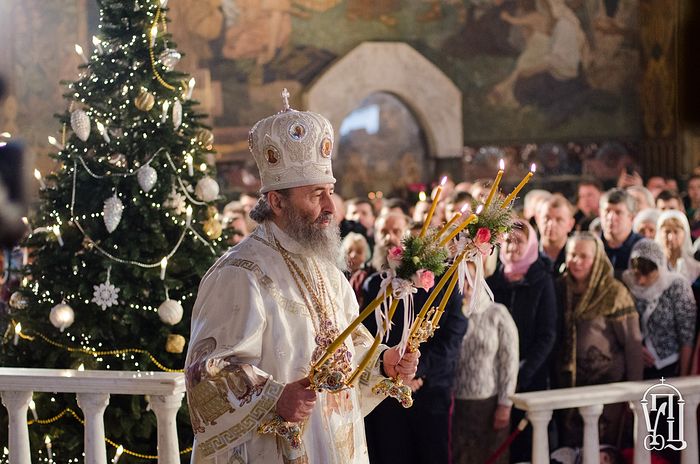 January 7, 2018
January 7, 2018
To the archpastors, pastors, monastics,
and all the faithful children of the Ukrainian Orthodox Church
I heartily congratulate all of you, God-loving bishops, reverend fathers, pious monks and nuns, dear brothers and sisters, with the great salvific feast of the Nativity in the flesh of our Lord, God, and Savior Jesus Christ.
My Life in Christ
2. January 2018 - 12:09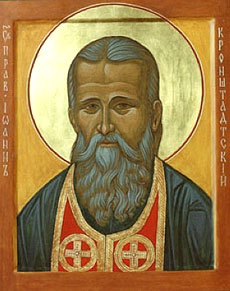 Born in 1829 from pious parents of very modest means, St. John was quick to learn the power of prayer. As a child he was a slow learner, but one night after fervently praying for God's help in his studies, he suddenly felt as if he were violently shaken, as if "the mind opened up in his head." From then on he became a good pupil, graduating at the head of his class. He went on to seminary in St. Petersburg where he began to prepare for missionary activity in Siberia and Alaska. But in a dream he saw himself as a priest in a large cathedral and soon thereafter he married and was ordained and appointed to serve in the St. Andrew Cathedral of Kronstadt--the very cathedral which had appeared in his dream. Kronstadt was a port city full of poverty, drunkenness and immorality. It was here that Father John poured out his compassionate love and began his extraordinary ministry founded on prayer. Literally thousands, including Jews and Moslems, flocked to him for spiritual and material aid and were witnesses to his God given powers of healing, spiritual discernment and prophecy. His genuine Christian love brought many to repentance and conversion and the cathedral which held up to 5,000 people was packed every day for Divine Liturgy. He died Dec. 20, 1908, and his funeral, attended by tens of thousands, conveyed that radiance of Paschal joy which constantly shone upon the face of Father John whom many affectionately called, the "Easter batiushka".
Born in 1829 from pious parents of very modest means, St. John was quick to learn the power of prayer. As a child he was a slow learner, but one night after fervently praying for God's help in his studies, he suddenly felt as if he were violently shaken, as if "the mind opened up in his head." From then on he became a good pupil, graduating at the head of his class. He went on to seminary in St. Petersburg where he began to prepare for missionary activity in Siberia and Alaska. But in a dream he saw himself as a priest in a large cathedral and soon thereafter he married and was ordained and appointed to serve in the St. Andrew Cathedral of Kronstadt--the very cathedral which had appeared in his dream. Kronstadt was a port city full of poverty, drunkenness and immorality. It was here that Father John poured out his compassionate love and began his extraordinary ministry founded on prayer. Literally thousands, including Jews and Moslems, flocked to him for spiritual and material aid and were witnesses to his God given powers of healing, spiritual discernment and prophecy. His genuine Christian love brought many to repentance and conversion and the cathedral which held up to 5,000 people was packed every day for Divine Liturgy. He died Dec. 20, 1908, and his funeral, attended by tens of thousands, conveyed that radiance of Paschal joy which constantly shone upon the face of Father John whom many affectionately called, the "Easter batiushka".
About Serbian Children’s Day, Mother’s Day, and Father’s Day
24. December 2017 - 11:30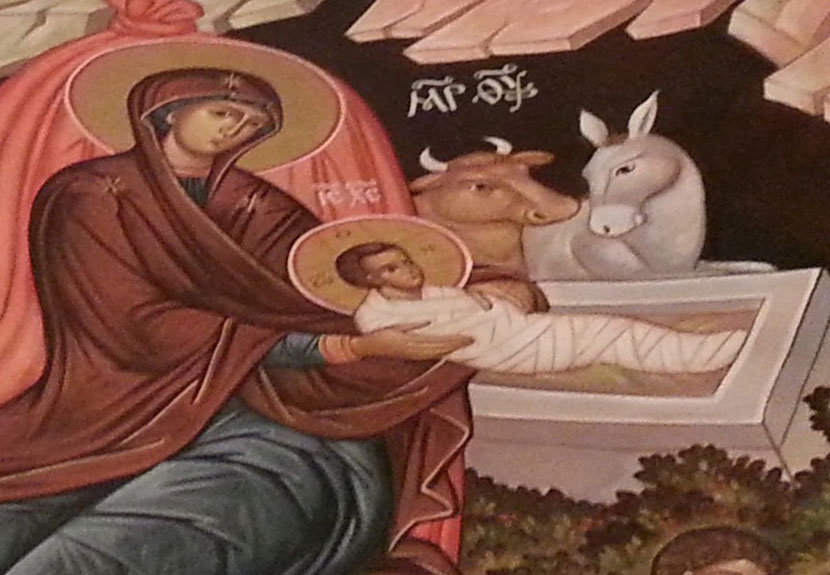 The following is from the book, “Divine Liturgy, Prayers, Catechism,” St. Sava Seminary Fund, 1979. To purchase a copy of this book, please call the St. Sava Church Office at 219-736-9191.
The following is from the book, “Divine Liturgy, Prayers, Catechism,” St. Sava Seminary Fund, 1979. To purchase a copy of this book, please call the St. Sava Church Office at 219-736-9191.
Among many national customs, the Serbs have a special one in which we REMEMBER and TIE as well as give gifts on Children’s, Mother’s, and Father’s Day.
The Church Books dedicate the two Sundays preceding Christmas to the Forefathers and Fathers, the Righteous Ones and the Prophets of the Old Testament, who awaited the coming of the Saviour, symbolically depicted Him and prophesied His Advent, but did not live to see Him.
Prophet Zephaniah
16. December 2017 - 20:12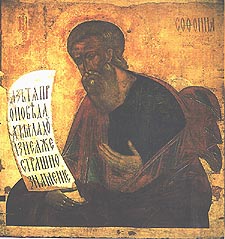 The Prophet Zephaniah (Sophonias) was a contemporary of the Prophet Jeremiah and the Prophetess Oldama. He was from the tribe of Simeon, and was the ninth of the Twelve Minor Prophets of the Old Testament. The prophet lived at the royal court, where he preached repentance and helped King Josiah eliminate idol-worship.
The Prophet Zephaniah (Sophonias) was a contemporary of the Prophet Jeremiah and the Prophetess Oldama. He was from the tribe of Simeon, and was the ninth of the Twelve Minor Prophets of the Old Testament. The prophet lived at the royal court, where he preached repentance and helped King Josiah eliminate idol-worship.
He prophesied about the calamities that were to come for the people of Judea and the surrounding regions: Gaza, Ascalon, Crete, and against the Moabites, the Ammonites and the Ninevites.

